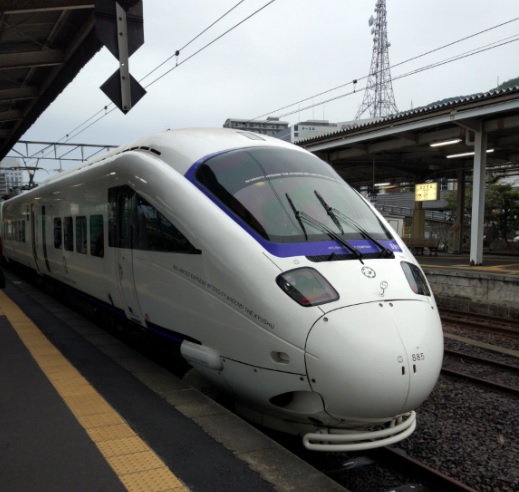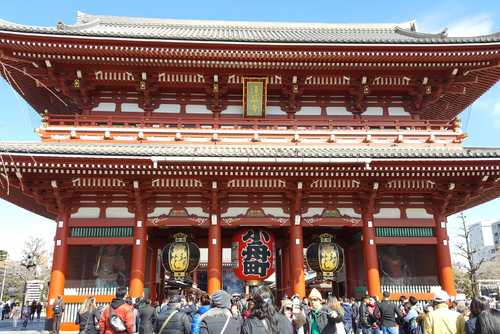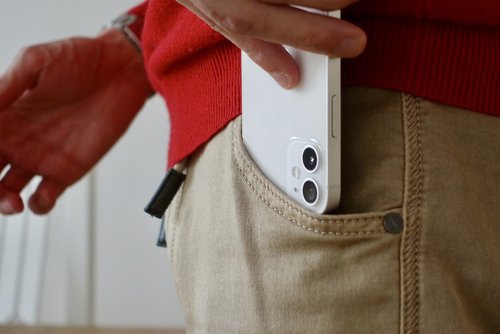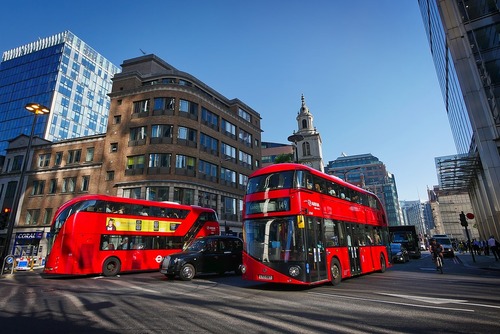Compared to the other major cities of the world such as London or New York, the rail network in Tokyo is far more complex. But with a little planning and research getting around isn't as difficult as it seems.
Here are some handy hints to get you going on the rail systems in Japan:
1. Get an IC card
An IC card is an e-money travel card, it’s the equivalent to the Oyster card in London or the Opal in Sydney. This card can be used on any line and takes the hassle out of switching between rail networks.
In Tokyo the there are 2 different local subway lines as well as the local JR line and other lines. To use the card just tap on and tap off at the gates each time you enter and leave. The cost of the trip will be automatically calculated and deducted. Also most major cities in Japan accept IC cards.
There are many different kinds of IC cards but the most commonly used by travellers are the Pasmo or the Suica cards. You can purchase one at a machine at most stations including the airport.
When you purchase a card, a fee of 500yen is held as a deposit but when you return the card at the end of the trip this fee is refunded as well as any other amount remaining on the card.
These cards can also be used to pay for items at some stores, which can be handy as most places in Japan tend to only accept cash otherwise.
2. Get a JR Pass
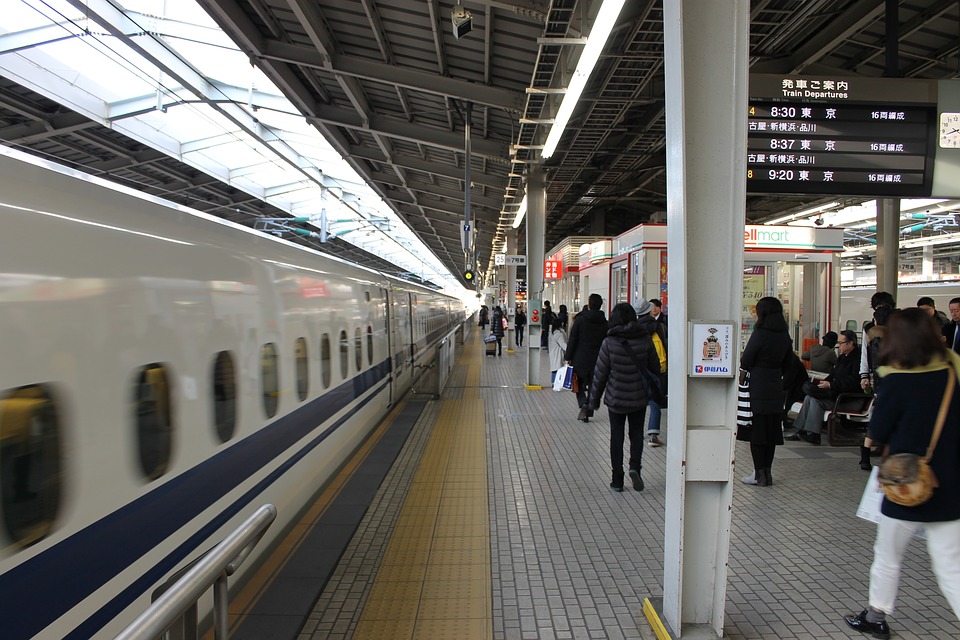
If you are planning to travel around Japan, one of the most common ways is by rail.
The JR pass is only available to foreign travellers so must be purchased before you go (you have to be organised and stuff). It’s worth getting it before you go as rail travel can get expensive without it.
The passes are generally available for 1-3 weeks depending on the length of your stay and you pay a flat fee for the pass. You can use it as many times as you like on the JR network and it can also be valid on some other lines/buses etc. Getting a JR Pass also gives you a bit of flexibility in planning your trip knowing that you don’t need to pay extra for any changes in your itinerary.
JR pass also allows you to reserve seats on any of your trips. Handy because the non-reserved seats means having to line up in advance to ensure your group can sit together etc.
3. Luggage Space
The trains don’t generally have a lot of luggage space. All seats have some overhead space. Similar space to that you would see on a plane. If you are lucky some trains have luggage space at the end of the carriage but you can’t really count on this.
So it’s worth thinking about how much you pack if you are planning on doing a lot of train travel between cities.
Other alternative, if for example you are only planning a day trip, is to use the coin lockers at the station. IC cards are often accepted at most coin lockers too.
4. Rush Hour
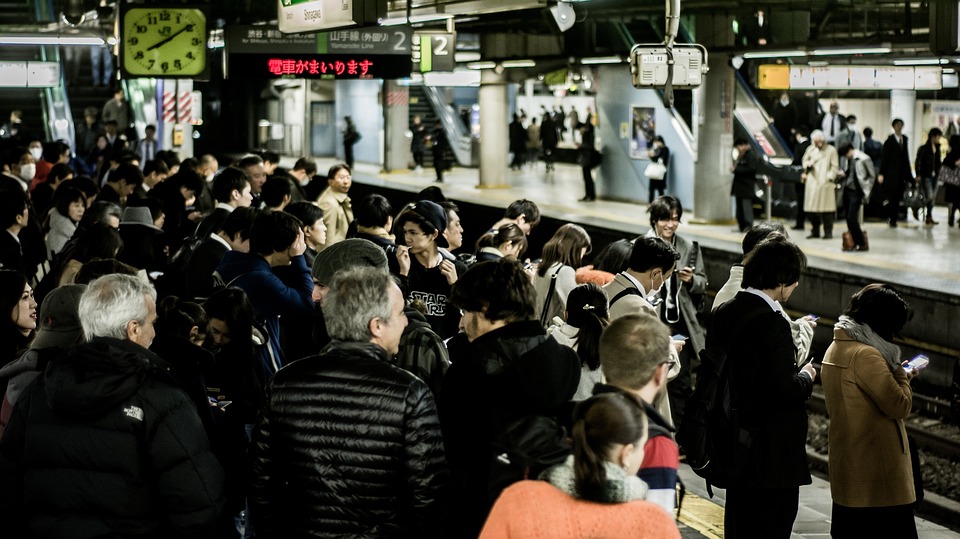
When you are travelling on the trains it’s worth being aware of rush hour times. These are: 7:30 to 9:30 and 17:00-20:00.
They say it’s best to plan you travel around these times but if you really need to travel during peak hours.
Just a few things to be mindful of:
- Be aware of time and where you need to be to catch your train. If you just follow the crowds blindly you may end up on the opposite end of the station to where you need to be.
- Be mindful of the etiquette when boarding the train, line up in 2 rows in front of the makers for the carriage doors and allow people to get off the train before boarding.
- Make sure when you board that you walk all the way into the carriage instead of just crowding around the entrance.
5. Rail Apps
There are many different apps for the train systems for each city.
Hyperdia is a recommended one by JR, however if you are outside of Japan and would like to look at this app, you can only use the web version.
Other common ones are JR East and Tokyo Subway. Google maps is also very accurate for public transport in Japan.
By Vasantha Pakiarajah
Related Pages
- How to travel in Japan on a budget
- Japan tours
- Japan 4 week itinerary
- Guide to working in Japan
- Teach English in Japan
- Gap Year in Japan

